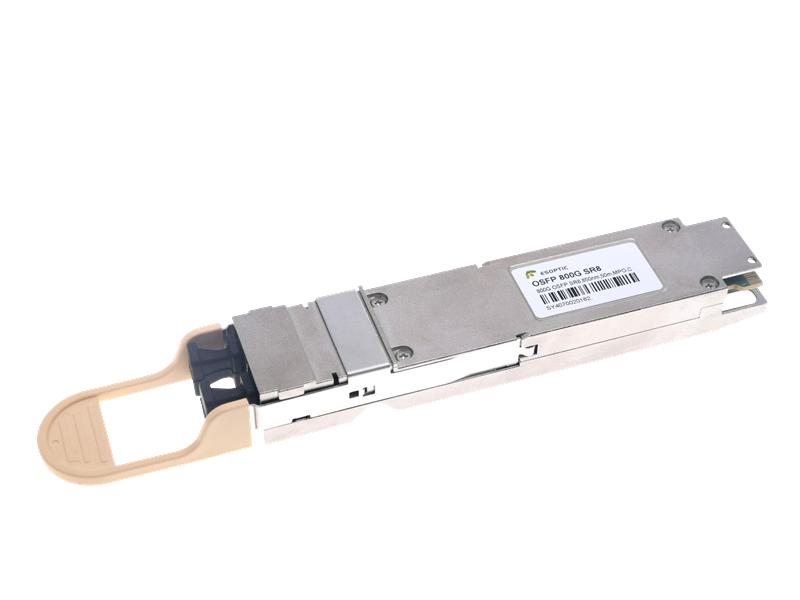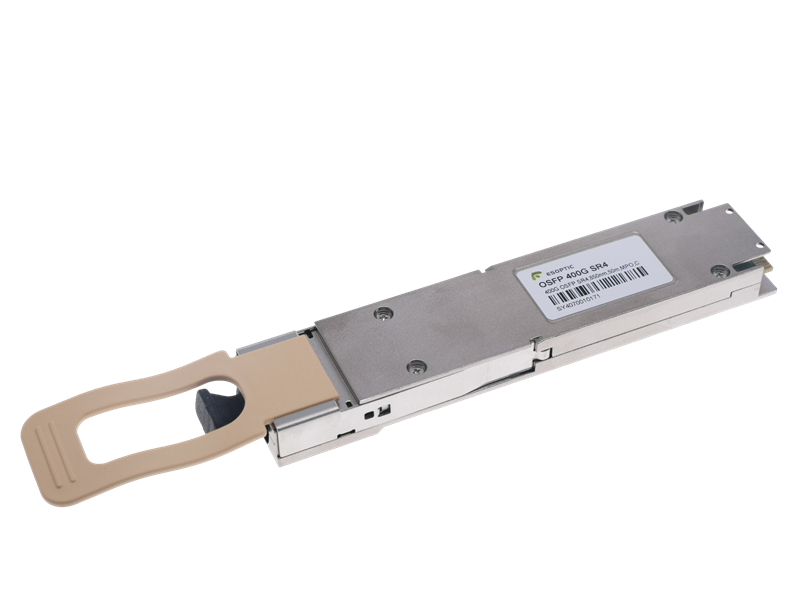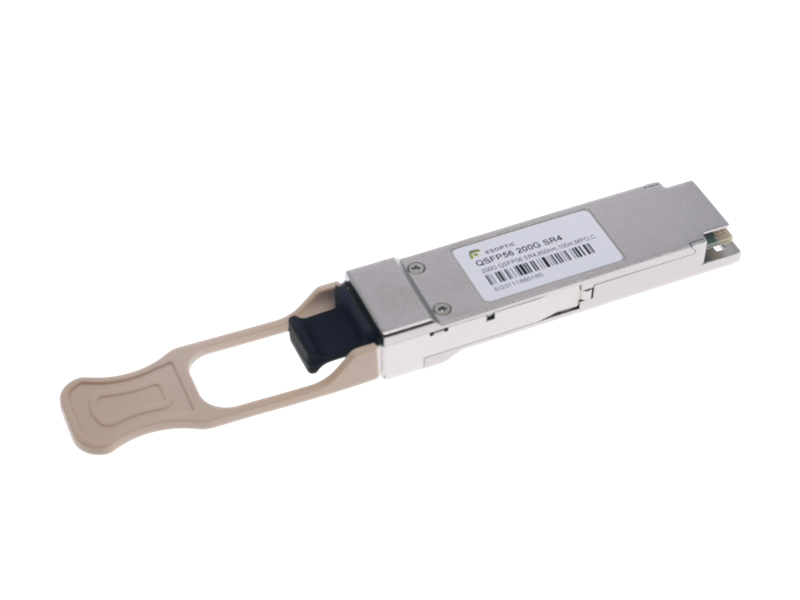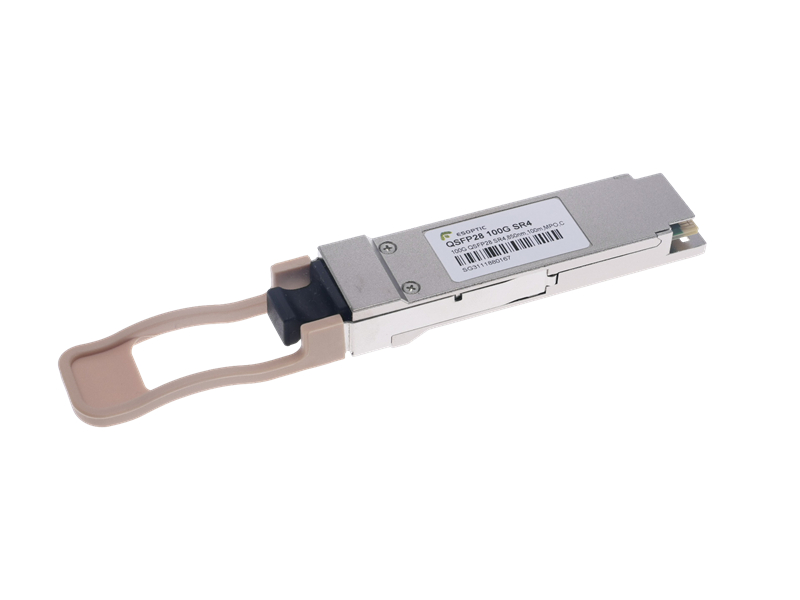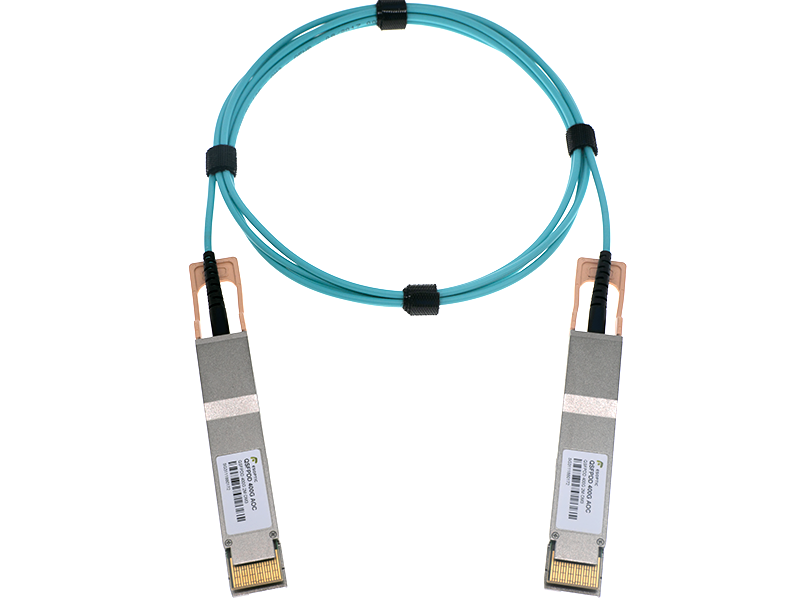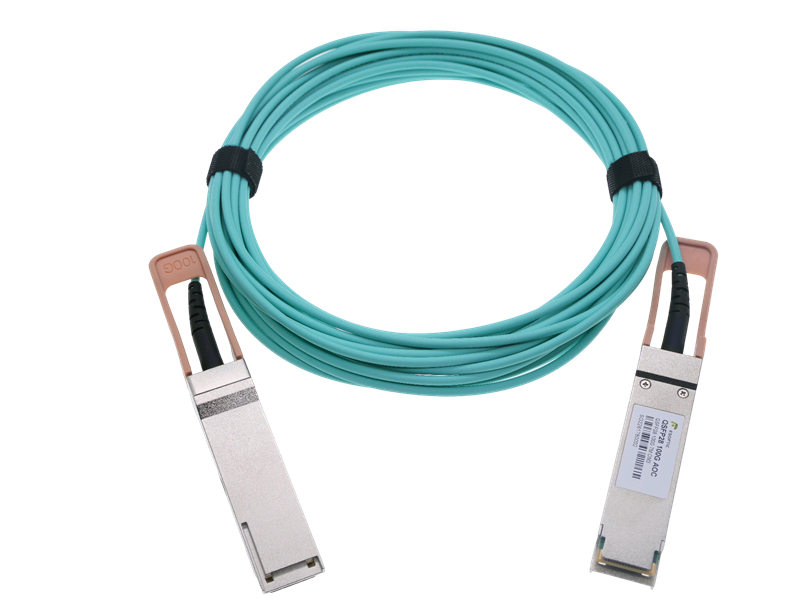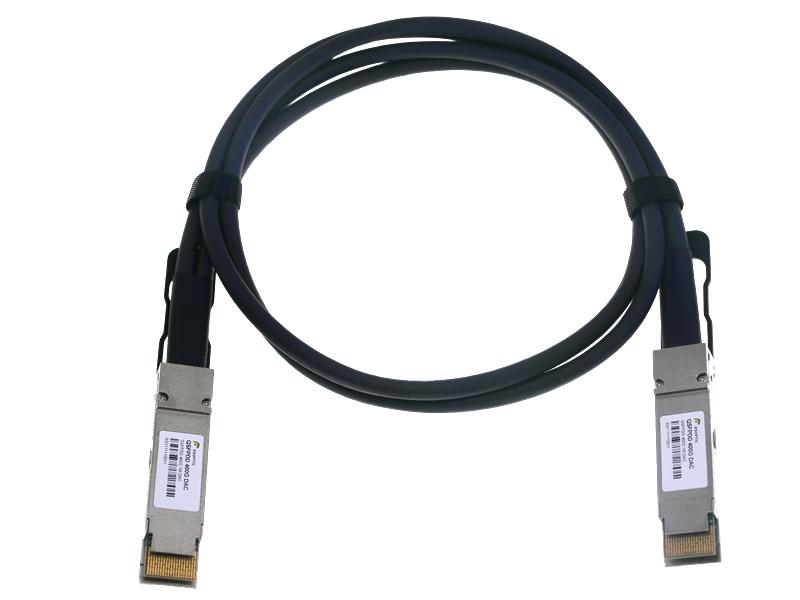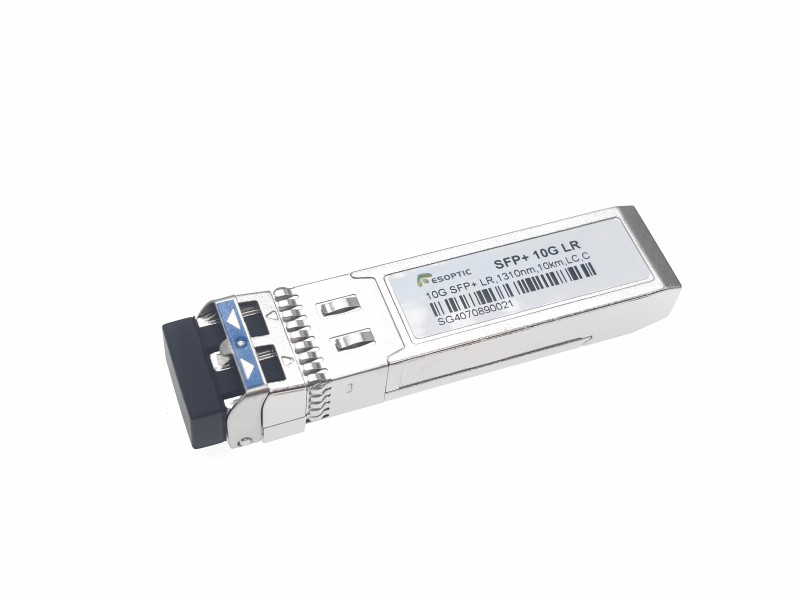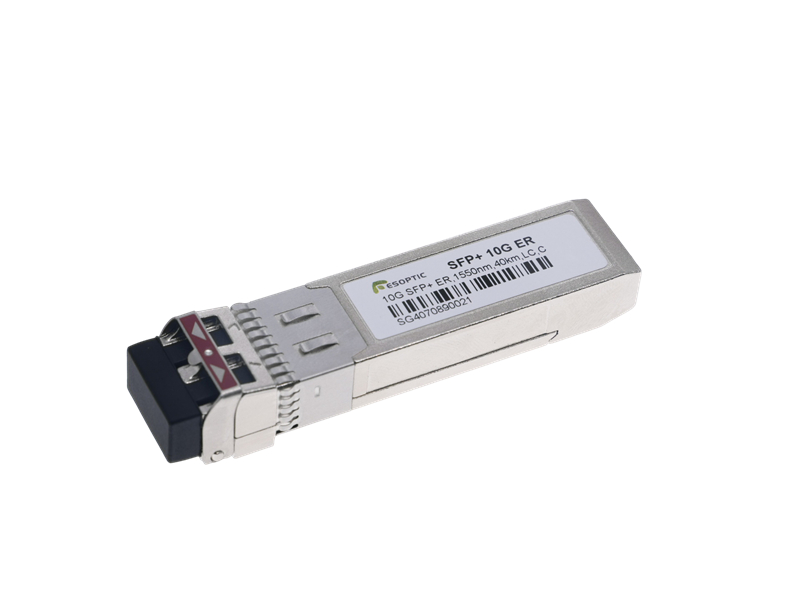Product Highlights
The QSFP28 100Gb/s DR1 500m optical transceiver is designed for high-performance data transmission over single-mode fiber using a wavelength of 1310nm. It supports a data rate of 100Gb/s and transmission distances up to 500 meters, providing a reliable and cost-effective solution for short to medium-reach data center interconnections. This module adopts 4x25Gb/s PAM4 electrical lanes on the host side and 1x100Gb/s PAM4 optical output, ensuring high efficiency and low power consumption below 4.5W. With its hot-pluggable QSFP28 form factor, the DR1 transceiver offers excellent compatibility with various networking equipment. It complies with IEEE 802.3cd 100GBASE-DR1 standards, making it ideal for next-generation 100G Ethernet links. Featuring advanced DSP technology, digital diagnostics monitoring (DDM), and excellent signal integrity, this module ensures stable operation in demanding network environments.
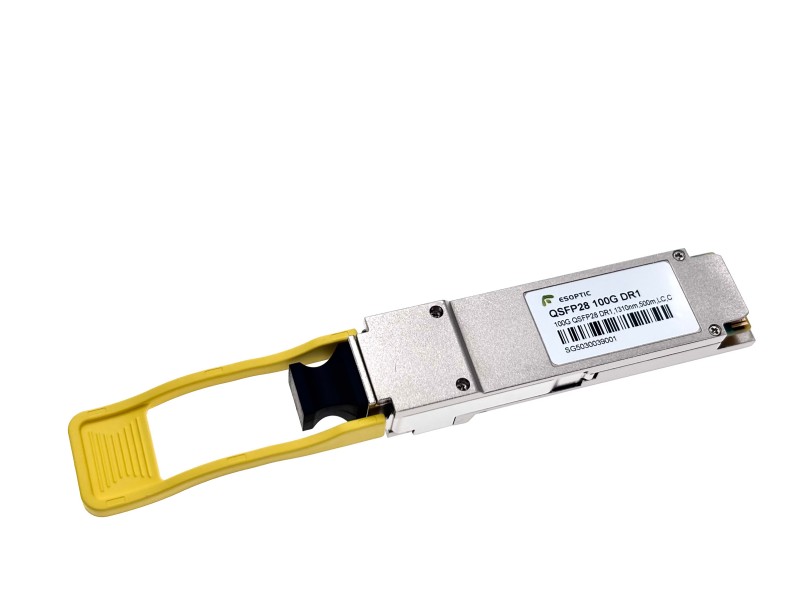
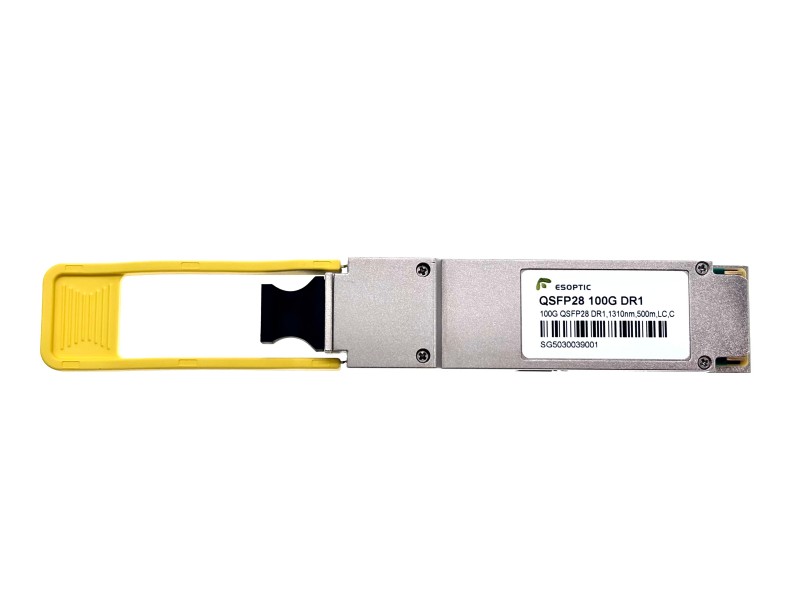
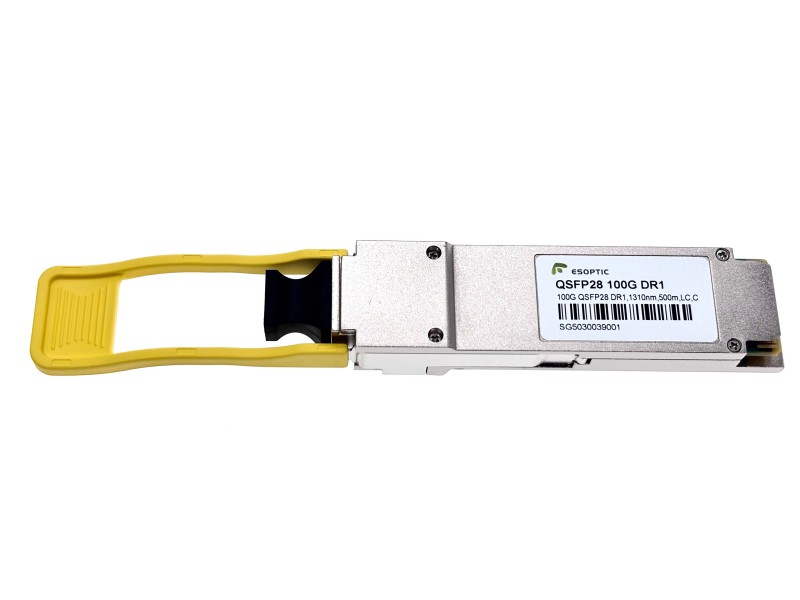
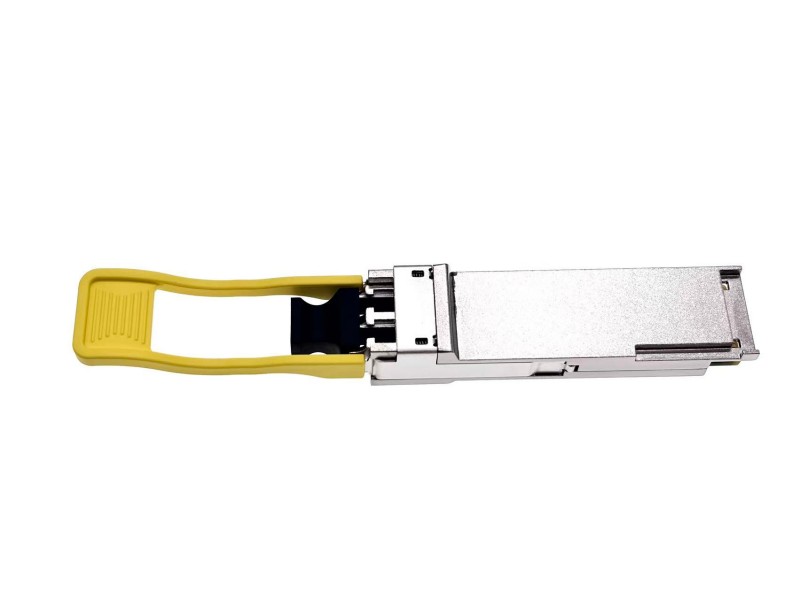
Product Features
Supports 103.25G PAM4 baud rate
4x25G(OIF CEI-28G-VSR)electrical interface
Up to 500m distance on single mode fiber, with FEC
Hot-pluggable QSFP28 footprint
Duplex LC receptacles
Single 3.3V power supply
Maximum power dissipation < 4.5W
I2C management interface
Case operating temperature: 0°C to +70°C
Specification
| Part Number | ESBQLB31-S50C | Distance | 500m |
| Form Factor | QSFP28 | Connector | Duplex LC |
| Wavelength | 1310nm | Transmitter | EML |
| Receiver | PIN | Media | Single-Mode Fiber(SMF) |
| Power Consumption | <4.5W | Protocol | 100G Base Ethernet |
| Case Temperature(℃) | C: 0℃ to +70℃ |
Application
1. Data Center Interconnects
Ideal for connecting top-of-rack (ToR) and spine switches within modern data centers, ensuring high-speed, low-latency communication for distributed computing environments.
2. Cloud Service Providers
Perfect for large-scale cloud infrastructure requiring stable 100Gb/s connections to support massive data flow between storage and compute nodes.
3. Enterprise Network Upgrades
Used in enterprise backbone networks transitioning from 40G to 100G, offering scalability and future-proof performance for bandwidth-intensive applications.
4. High-Performance Computing (HPC)
Enables efficient data transfer between servers and clusters in HPC systems, supporting AI training, simulation, and large-scale parallel computing tasks.


